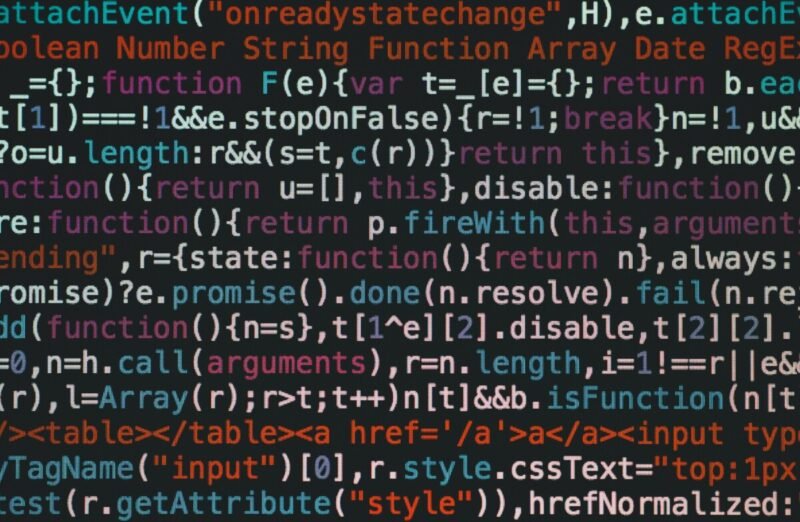We’re living through one of those rare moments in history when the technology landscape shifts so dramatically that early movers gain disproportionate advantages. The printing press. Electrification. The internet. And now, artificial intelligence.Here’s a mental model I’ve been thinking about: in this new AI-driven economy, you should aim to position yourself in the top 0.1% of wealth in your country. Not because you’ll necessarily get there, but because that level of ambition forces you to think and act like an early adopter.
The Early Adopter Premium
Think back to the early internet era. People who learned to build websites in 1995, who understood SEO in 2000, who embraced social media marketing in 2007—they didn’t just gain incremental advantages. They captured opportunities that were literally impossible to access a few years later once those spaces became crowded. The web designer who charged $10,000 for a basic site in 1996 wasn’t ripping anyone off. They possessed a rare skill at exactly the right moment. The blogger who built an audience in 2004 enjoyed distribution advantages that became nearly impossible to replicate once everyone else figured out blogging mattered.
AI is creating a similar dynamic, but the window moves faster. The difference between adopting AI tools today versus two years from now isn’t just a matter of degree. It’s the difference between reshaping your workflow around unprecedented leverage versus competing with everyone else who’s finally catching up. When everyone can do something, it stops being a competitive advantage and becomes table stakes.
Why 1/1000?
The specific number matters less than the mindset it creates. Aiming for the top 0.1% forces you to ask different questions than aiming for modest improvements. Instead of wondering how to be 20% more productive, you start asking what becomes possible when you can be ten times more effective. Instead of thinking about incremental career advancement, you consider what entirely new value you could create that simply wasn’t feasible before.This isn’t about greed or comparison with others. It’s about recognizing that transformative technologies create winner-take-most dynamics in the short to medium term. The person who figures out how to use AI to serve 100 clients with the same effort it used to take to serve 10 isn’t just 10% ahead—they’re operating in a different category entirely. They’ve fundamentally changed the economics of their business in ways that compound over time.
When you aim for 1/1000, you give yourself permission to experiment radically, to reorganize your entire approach to work, to pursue opportunities that might seem unrealistic to people thinking incrementally. You’re not trying to be slightly better at your current job. You’re asking what job you could create for yourself that didn’t exist before.## The Actual OpportunityEarly adopters of AI are already doing things that would have seemed like science fiction a few years ago. They’re building businesses that would have required teams of 50 people with just 5. They’re creating content, code, and analysis at speeds that were impossible 18 months ago. They’re automating workflows that competitors are still grinding through manually, which means they can either do ten times the volume or work a fraction of the hours while earning the same amount.But more importantly, they’re developing intuition. They know which tasks AI handles brilliantly and which ones it fumbles. They understand how to prompt effectively, how to verify outputs, how to build AI into workflows rather than just using it as an occasional helper. This intuition is like the intuition early internet users developed about which websites were credible, how to search effectively, or how to build audiences online. It seems obvious in retrospect, but it was immensely valuable when it was rare.The opportunity isn’t in the AI itself—it’s in being among the first to deeply integrate it into how you work, think, and create value. It’s in developing that intuition before it becomes common knowledge. Every day you spend working with these tools, you’re building pattern recognition and skills that will compound over years.
You Don’t Need to Hit the Target
Here’s the crucial part: you probably won’t reach the top 0.1% of wealth. That’s fine. Most early internet adopters didn’t become billionaires either. The vast majority of people who learned HTML in 1995 or started YouTube channels in 2006 didn’t achieve extraordinary wealth. But many of them built comfortable, fulfilling careers and businesses that would have been impossible otherwise. They captured enough of the early adopter premium to change their life trajectory significantly, even if they didn’t make the cover of Forbes.The point of aiming high isn’t the destination—it’s the trajectory. Aiming to be 1/1000 means you’re experimenting aggressively, learning constantly, and building skills that will compound over time. Even if you “only” end up in the top 10% or top 5% of earners in your field, you’ll be dramatically better off than if you’d waited for AI to become comfortable and familiar before engaging with it seriously.
There’s also something psychologically important about having an ambitious target. Without it, you might use AI to make your current work marginally easier, which is nice but not transformative. With it, you’re forced to think bigger, to reorganize more fundamentally, to pursue opportunities that require real leverage to capture.
The Cost of Waiting
The real risk isn’t in trying and falling short of 1/1000. It’s in waiting until AI adoption feels safe and obvious. By then, the early adopter premium evaporates. You’re no longer building on an empty playing field—you’re competing with everyone else who finally decided to pay attention. The opportunities that existed for people who understood SEO in 2001 were largely gone by 2010. Not because SEO stopped mattering, but because everyone had figured it out. It became competitive rather than opportunistic.
The same pattern will play out with AI. Right now, in late 2025, we’re still in the early phase where most people are either ignoring AI, using it casually for occasional tasks, or waiting to see what happens. The people who are reorganizing their entire professional lives around these tools are still relatively rare. That won’t last. Within a few years, AI fluency will be expected rather than exceptional.The technologies that create generational wealth opportunities always feel uncertain and maybe overhyped at first. There’s always a chorus of skeptics explaining why it won’t work or why it’s not as big a deal as people think. That discomfort, that uncertainty, is precisely what creates the opportunity. If it felt safe and obvious, everyone would already be doing it.
Start Now
You don’t need a perfect plan. You don’t need to quit your job and go all-in on some AI startup. You need to start using AI tools daily, pushing their limits, finding their edges, and building intuition. Use them for writing, coding, analysis, learning, brainstorming, research, automation—anything that creates value in your work or life.The 1/1000 mindset isn’t about comparison with others. It’s about refusing to settle for incremental improvements when exponential ones are available. It’s about recognizing that we’re in a brief window where aggressive experimentation with AI offers asymmetric upside. The potential gains from being early are enormous. The potential losses from trying and failing are minimal.
That window is closing. Not because AI will go away, but because the early adopter advantage will. The question isn’t whether you’ll reach the top 0.1%—it’s whether you’ll position yourself to capture opportunities that simply won’t exist in a few years. What will you build while the field is still wide open?


